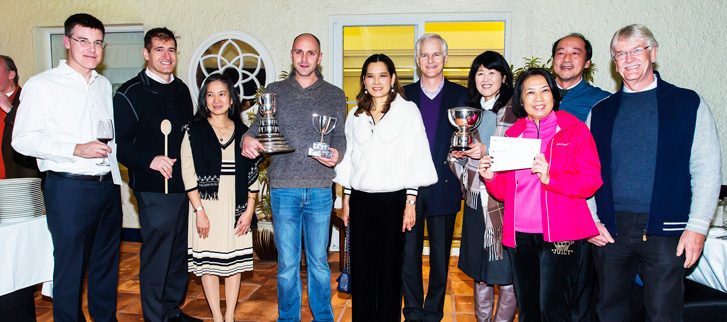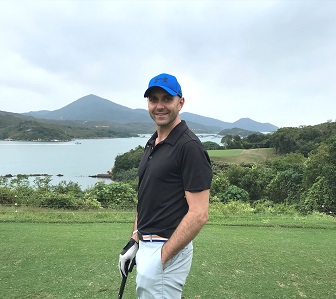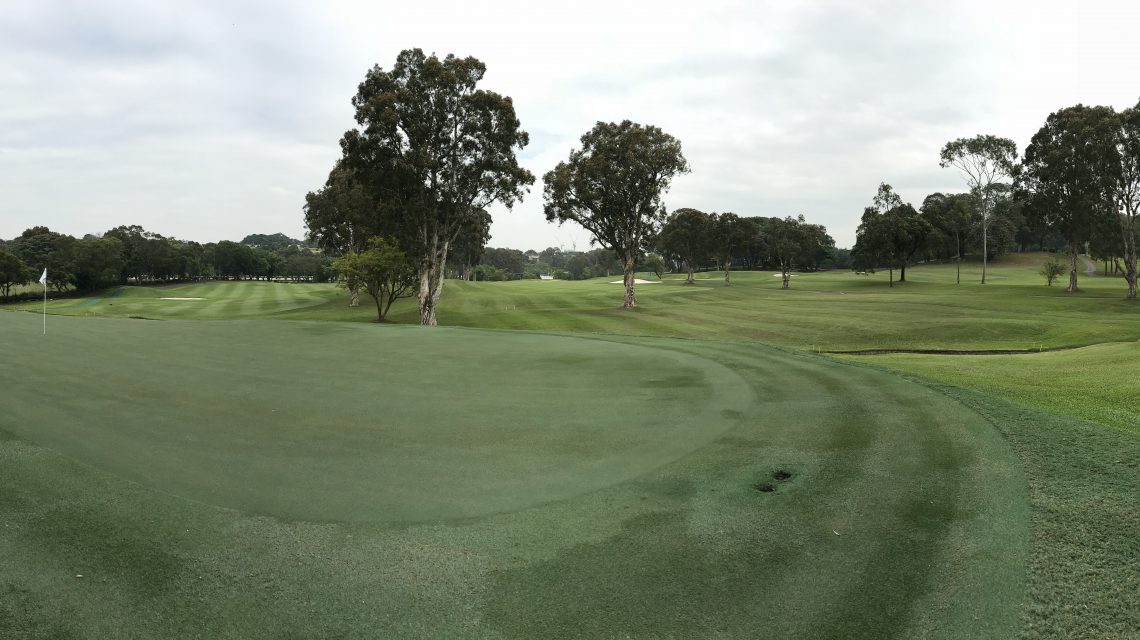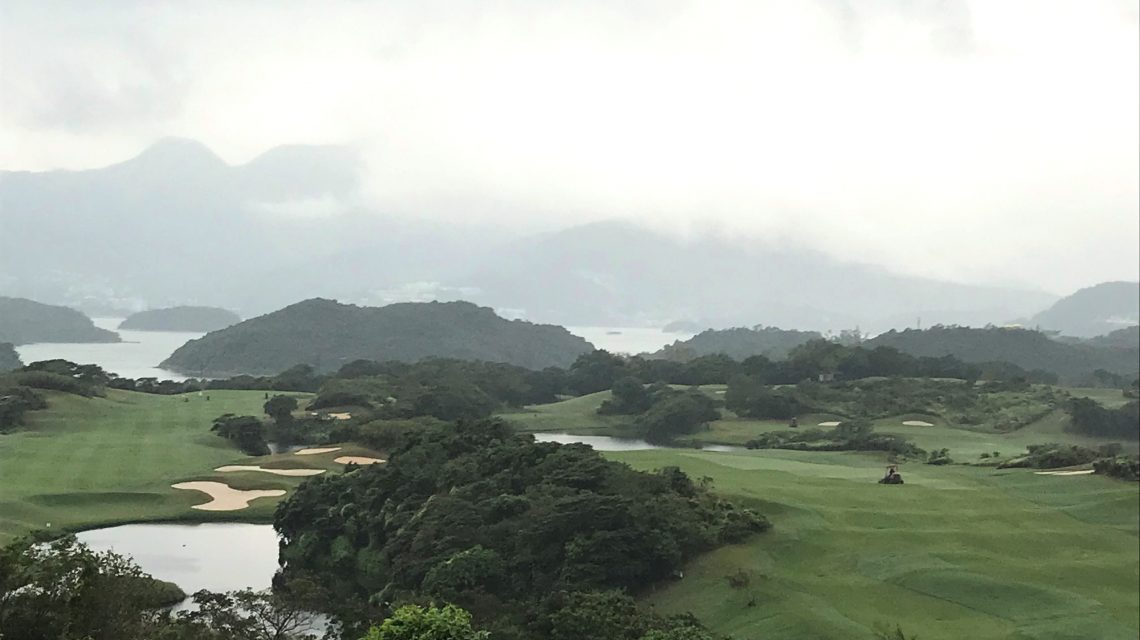Golfing tips for newcomers
Golf is in many ways one of the simplest games there is – but that doesn’t make it any easier. In fact, its very simplicity makes it all the more exposing. What could be more straightforward than simply hitting a ball into a hole with a stick? Well, try answering that question, while standing on the green, putting for par with the pressure of the eagle your partner just sank at the last hole on your shoulders. Or try making your swing effortless and focused while you try to drive the memory of your last fluffed tee shot out of your mind. Golf is a game that is uniquely challenging, both mentally and in terms of technique.
I’m often asked, as a relatively experienced golfer, what my tips would be for anyone starting out in this wonderful game. So, I thought that it would be an idea to share some of the very best bits of advice that I’ve gathered over the years. I’ve put these together in the form of quotes from players – professional and otherwise – who I think have hit on some essential truths about our great game.
Ben Hogan: “The most important shot in golf is the next one.”
One of the earliest lessons that anyone passed on to me – and the one that I probably forget most often. The ability to make mistakes, process them quickly, learn practical lessons from them and then apply these calmly to the next challenge (with no negative baggage) is a crucial one – not just in golf, but in the business world, and in life in general. But as I say, it’s a lesson that is very easy to forget – to put the approach shot that landed you in the rough on the 17th out of your mind completely as you look up towards the 18th is a great skill, and one that I’m still working on to this day.
Gary Player: “The more I practice, the luckier I get.”
There are few sports on the planet that can’t be improved by a lot of practice. Whether it’s Sidney Crosby on the ice practicing deflections for hours after training or the thousands of hours spent in batting cages by your favourite baseball or cricket player over the years, practice really does make perfect. The point of Gary Player’s quote is that it also reduces the amount of play that is reduced to what other players might think of as ‘luck’ – good or otherwise. The more you practice, the more you familiarise yourself with every imaginable scenario that might occur while you’re playing in the real world, and the more your mind and body are equipped with the tools you need to deal with whatever is thrown at you. In a sport like golf, where every round, every hole, and every shot is different on any given day, it pays to put the time in.
John Updike: “The golf swing is like a suitcase into which we are trying to pack one too many things.”
You’ll sometimes hear observers of baseball watching particular pitchers, and hear them sucking through their teeth as they point to ‘a lot of moving parts’ in their throwing action. It’s an expression I like, as it also describes equally perfectly how complicated the golf swing can become, and points to the idea that simplicity and economy of movement is generally the most effective. We can all spend so long over-analysing, refining, tweaking and rebuilding our swings (Tiger Woods is a recent example of someone who has just agonised over this process) – and often, it has the opposite effect. Your golf swing should be a simple, joyful thing – so learn how to do it properly, practice it endlessly, but don’t over-complicate it. Fewer moving parts mean not as many things to go wrong.
Patty Berg: “The more you play it, the less you know about it.”
This is an eternal truth that I think brings together many of the other pieces of golfing wisdom I’ve heard over the years. Everything feeds into this – that the more you practice, the more instinctive your game becomes. That as you play more, it becomes less of an activity that you fret over and over-analyse, and more one that you just do – maybe not easily, but certainly with less conscious effort. And that as you begin to play this way, you find that you play more in the moment, taking the lessons and experiences you’ve accumulated over the years into each new challenge, keeping things simple – and ultimately enjoying this great game just a little bit more.
– Rob Weider
For more great insight, analysis and advice. Head back to my homepage now.





